When it comes to aesthetics, who better to study than famous
artists? They are, after all, the visual experts. My research group took this
approach with Jackson Pollock, who rose to the peak of modern art in the
late 1940s by pouring paint directly from a can onto horizontal canvases laid
across his studio floor. Although battles raged among Pollock scholars
regarding the meaning of his splattered patterns, many agreed they had an
organic, natural feel to them.
My scientific curiosity was stirred when I learned that many
of nature’s objects are fractal, featuring patterns that repeat at increasingly
fine magnifications. For example, think of a tree. First you see the big
branches growing out of the trunk. Then you see smaller versions growing out of
each big branch. As you keep zooming in, finer and finer branches appear, all
the way down to the smallest twigs. Other examples of nature’s fractals include
clouds, rivers, coastlines and mountains.











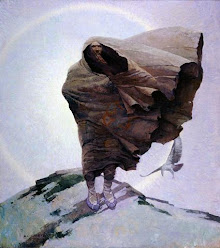













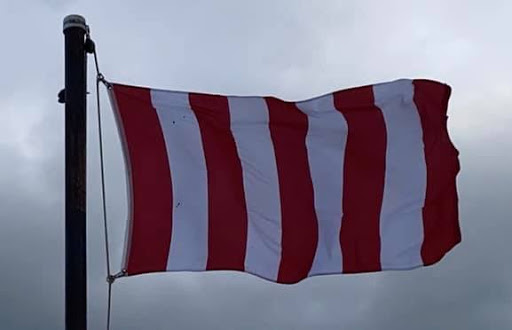
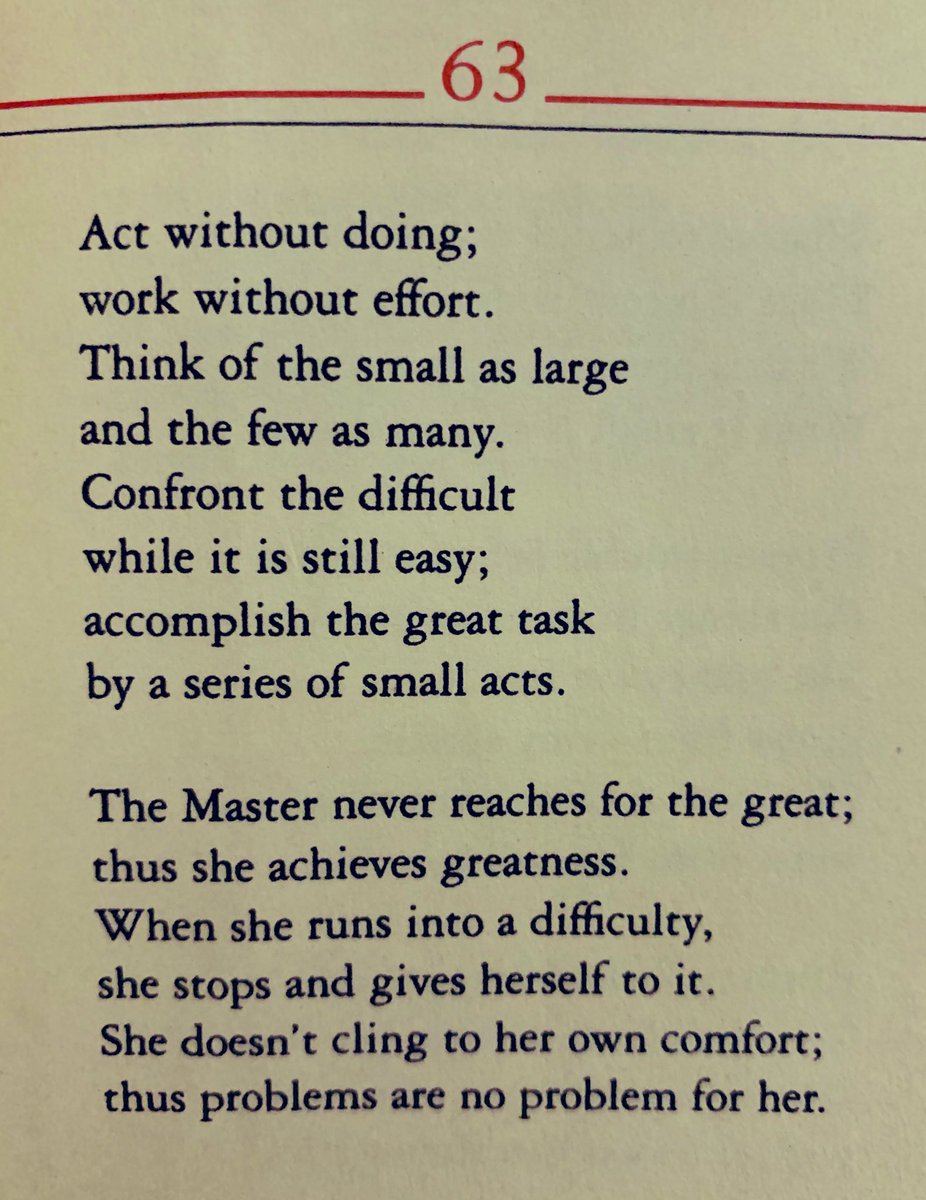









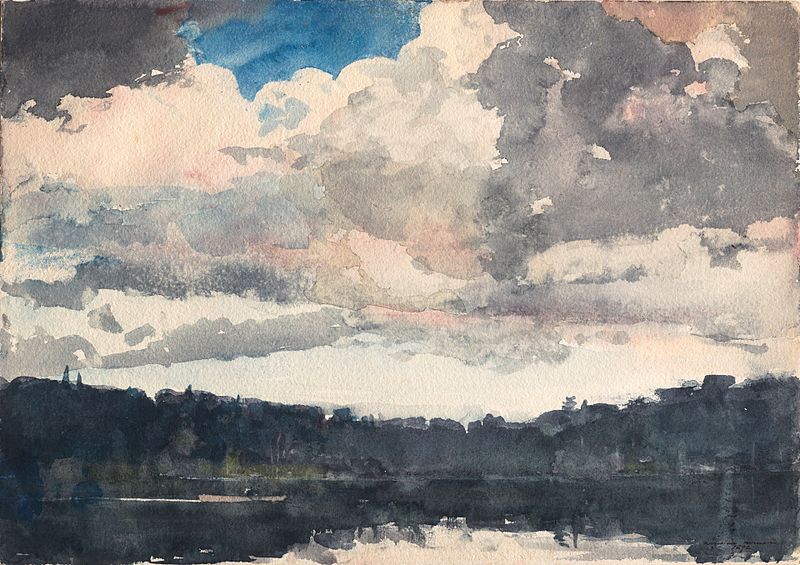





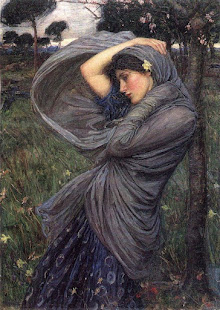














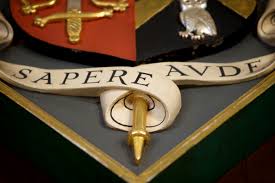






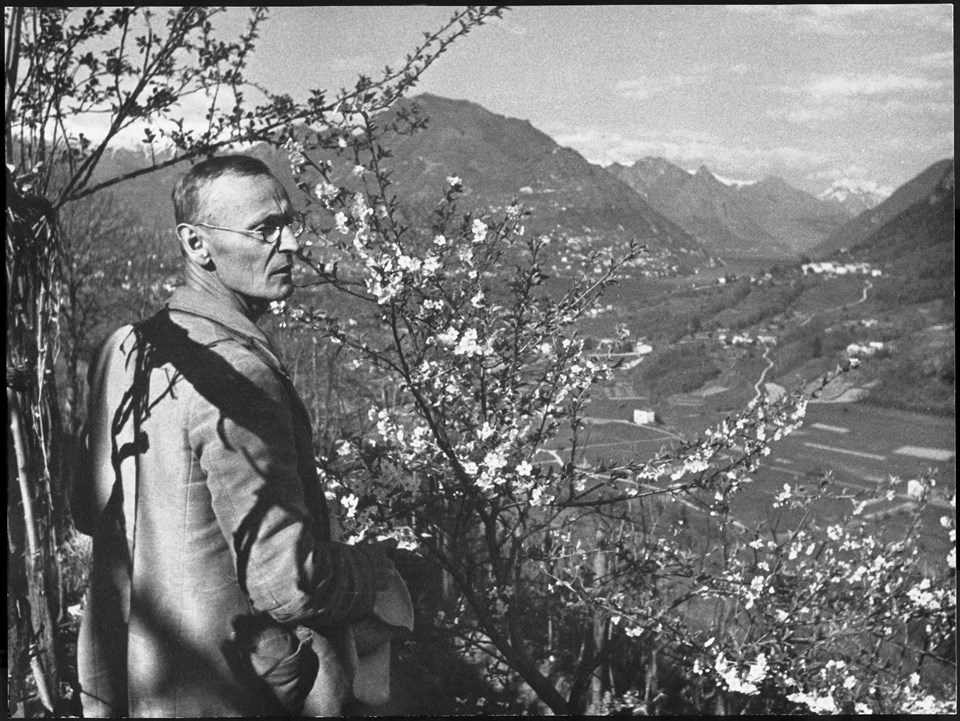


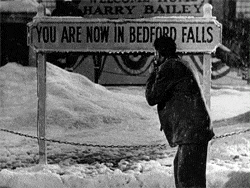







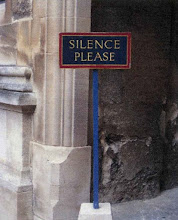









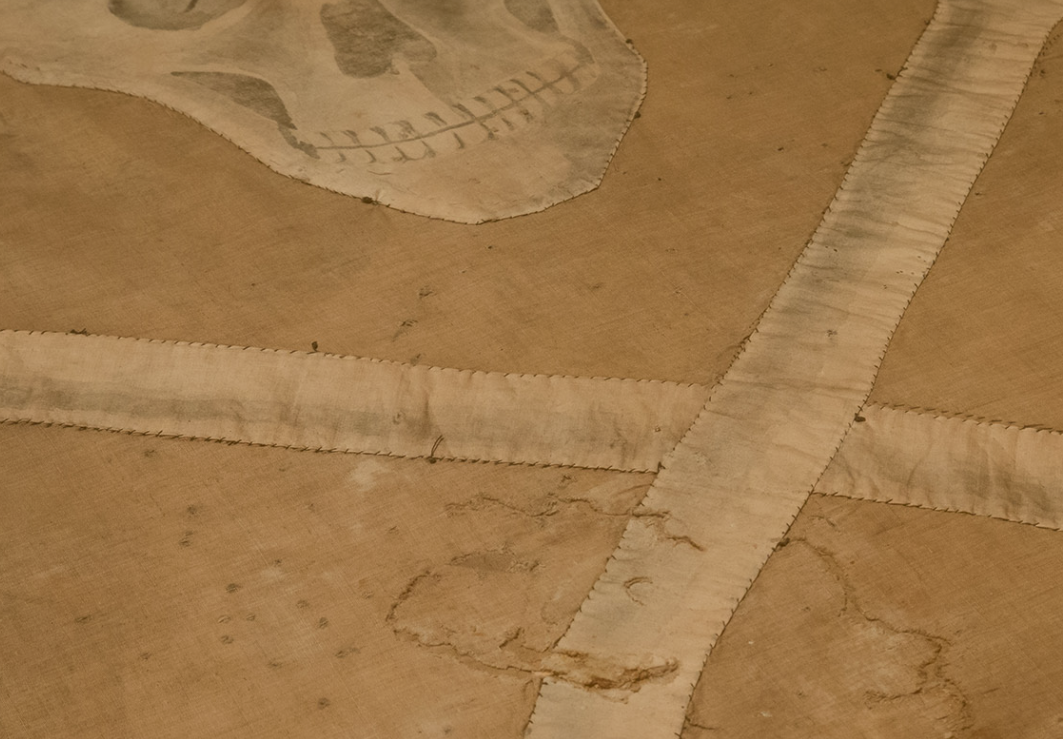

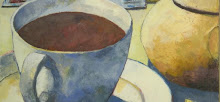
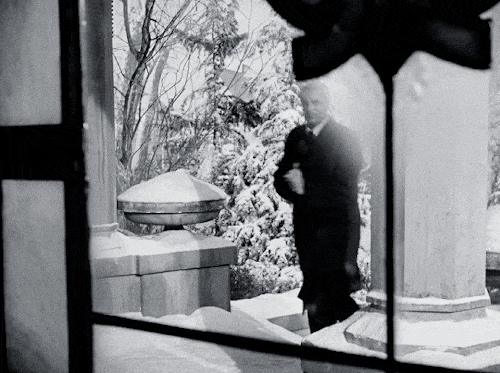


















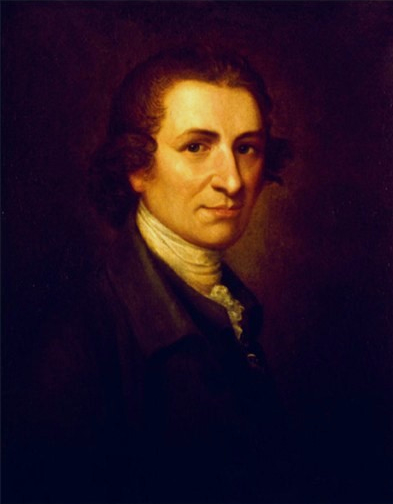


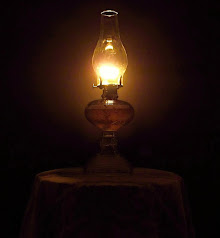



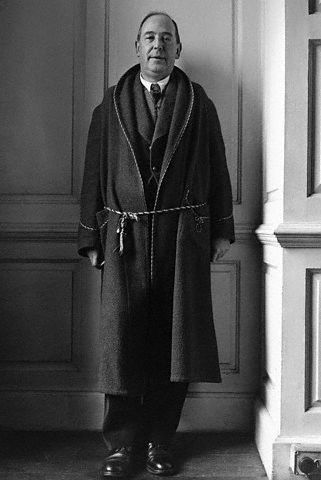



No comments:
Post a Comment